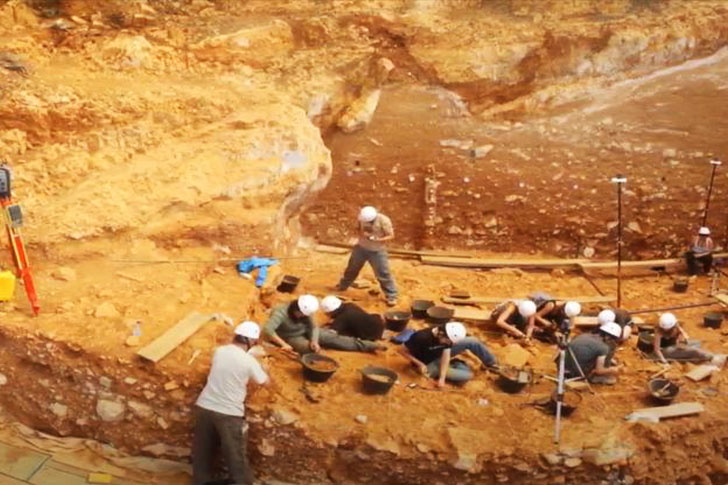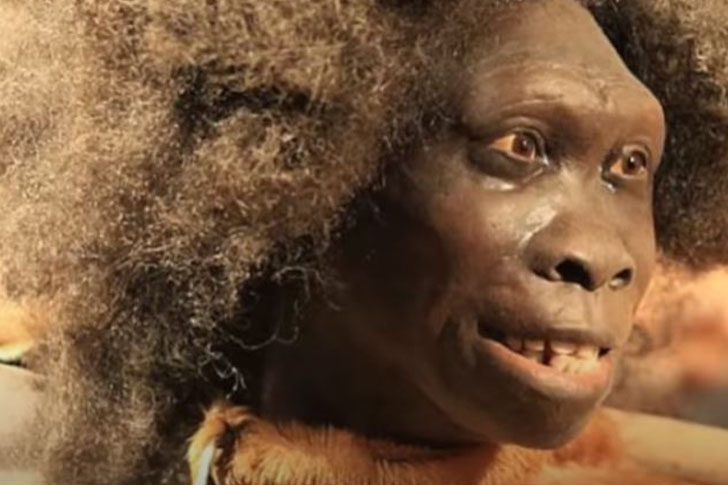Homo antecessor were Europe’s oldest population

Gran Dolina has eleven different layers of rock within its ground, most of which display fossil remnants of either human or animal inhabitants. On the sixth layer, Carbonell, Bermúdez de Castro, and Arsuaga found several remains from the human category. They dated these remains to an estimated 780,000 years ago, which qualifies them as the oldest human fossils discovered in Europe.
Archaeologist Francisco Jordá Cerdá first explored Gran Dolina during a short trip to the region back in the mid-‘60s and recovered a few fossils and stone tools. However, he lacked the manpower and resources to continue his studies and investments any further. By the ’90s, the trio went on to excavate the cave and named the species Homo antecessor. Homo antecessor’s name fit, knowing that the remnants were the oldest in Europe. As of date, the Homo antecessor is the continent’s first-ever known human population, making them ultimate trailblazers. With further analysis, the species surprised the researchers in more ways than one.

